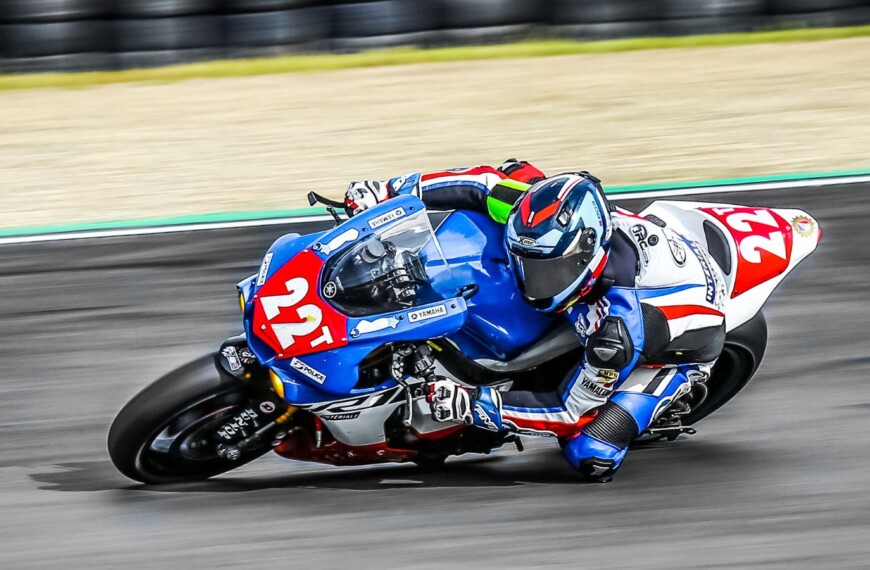The art of shifting gears on a motorcycle is an essential skill that goes beyond simply knowing when to move up or down a gear. Proper gear selection can impact your bike’s performance, your fuel efficiency, and, most importantly, your safety. Here are 15 tips to help you master gear selection while riding a motorbike.
1. Start in Neutral
Always start your motorbike in neutral to ensure that you have full control before setting off. This also reduces wear and tear on the clutch.
2. First Gear for Slow Speeds
Use the first gear for pulling away from a stop and for slow-speed maneuvers like parking and tight turns.
3. Rev Matching During Downshifts
When downshifting, rev matching (giving the throttle a quick blip) can help smooth the transition between gears and reduce stress on the drivetrain.
4. Listen to the Engine
The engine’s sound can give you important cues about when to shift gears. A strained, high-pitched noise often means you need to shift up, while a low, grumbling noise usually indicates the need to downshift.
5. Use Engine Braking
Downshifting can help reduce speed without relying solely on your brakes, a technique commonly known as engine braking. This is particularly useful on steep descents.
6. Optimize RPM Range
Each motorcycle has an optimal RPM range for performance and fuel efficiency. Aim to keep your RPM within this range for the best ride quality.
7. Overdrive for Fuel Efficiency
Some motorcycles have an overdrive gear (usually the highest gear), optimized for fuel efficiency rather than speed. Use this gear during highway cruising to save fuel.
8. Avoid “Lugging”
Lugging happens when you’re in a gear that’s too high for your speed, causing the engine to struggle. This can harm your engine and should be avoided by downshifting to a lower gear.
9. Preselect Gears for Corners
Before entering a corner, shift to the gear you’ll need to accelerate out. This prevents the need for mid-corner shifts, which can destabilize the bike.
10. Shift Smoothly in Wet Conditions
Quick shifts can lead to loss of traction, especially in wet conditions. Be smooth and deliberate when shifting in the rain or on slippery surfaces.
11. Clutch Control in Traffic
In heavy traffic or slow speeds, partially engaging the clutch (‘feathering’) while in first or second gear can give you finer control over your speed.
12. Use Gear Position Indicators
If your motorbike has a gear position indicator, use it to help learn the optimal gear selection for different speeds and conditions.
13. Sequential Shifting Awareness
Unlike cars, most motorcycles have a sequential gearbox, meaning you have to shift through each gear in order. Keep this in mind to avoid accidental shifts into the wrong gear.
14. Emergency Stops
In emergency stopping situations, downshift quickly through the gears while applying the brakes. This ensures you can accelerate again if needed.
15. Regular Maintenance
Regularly check your gear and clutch system for wear and tear, especially the clutch cable and the gear lever. Proper maintenance ensures smooth gear transitions and a more enjoyable ride.
Mastering gear selection is a continuous learning process that comes with experience and practice. Keep these tips in mind, and you’ll find yourself becoming a more skilled, efficient, and safer rider.













